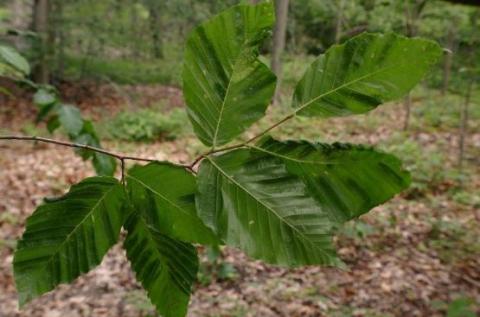
By Gabriel Popkin, The Washington Post
Ohio biologist John Pogacnik admits to mixed feelings about having discovered the latest disease imperiling a major American tree.
Pogacnik first noticed American beech trees with striped and shriveled leaves in 2012 during a routine survey of forests owned by his employer, Lake Metroparks. He didn’t think much of it at first: Just a few trees looked sick, and it had been a strange year, with an unusually warm winter and dry spring.
By the next summer, Pogacnik was seeing ailing trees throughout the six-county region in northeast Ohio where his agency manages more than 35 parks. He alerted colleagues at the Ohio Division of Forestry and the U.S. Forest Service.
“I’m glad to have found it, to just put it out there and let people know,” he said. “But it’s still not the greatest feeling in the world.”
Beech leaf disease has now popped up in nine Ohio counties, two other states and Canada, and its spread shows no sign of slowing. The disease has already felled young saplings; mature trees, some hundreds of years old, appear to be on the brink of death. Scientists fear the beech could soon face a plague as serious as those that have devastated chestnut, elm, hemlock and ash trees. “It has all the signs of a significant, emerging pathogen,” said Constance Hausman, a biologist at Cleveland Metroparks.
Scientists are gearing up to fight back, but they face a major challenge: Nobody knows what beech leaf disease is. Searches for a virus, bacteria or fungus — all common tree pathogens — have come up empty. Researchers are facing an arboreal murder mystery.
“At this point I’m not sure anyone is able to rule anything out definitively,” said James Jacobs, a plant pathologist with the Forest Service in Saint Paul, Minn.

